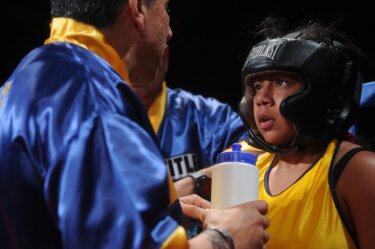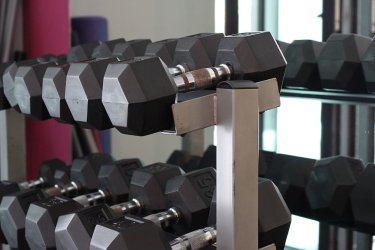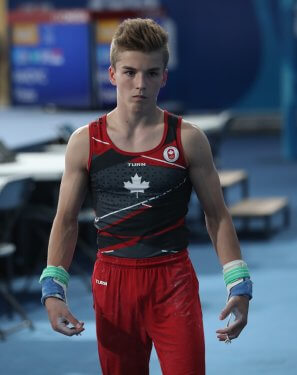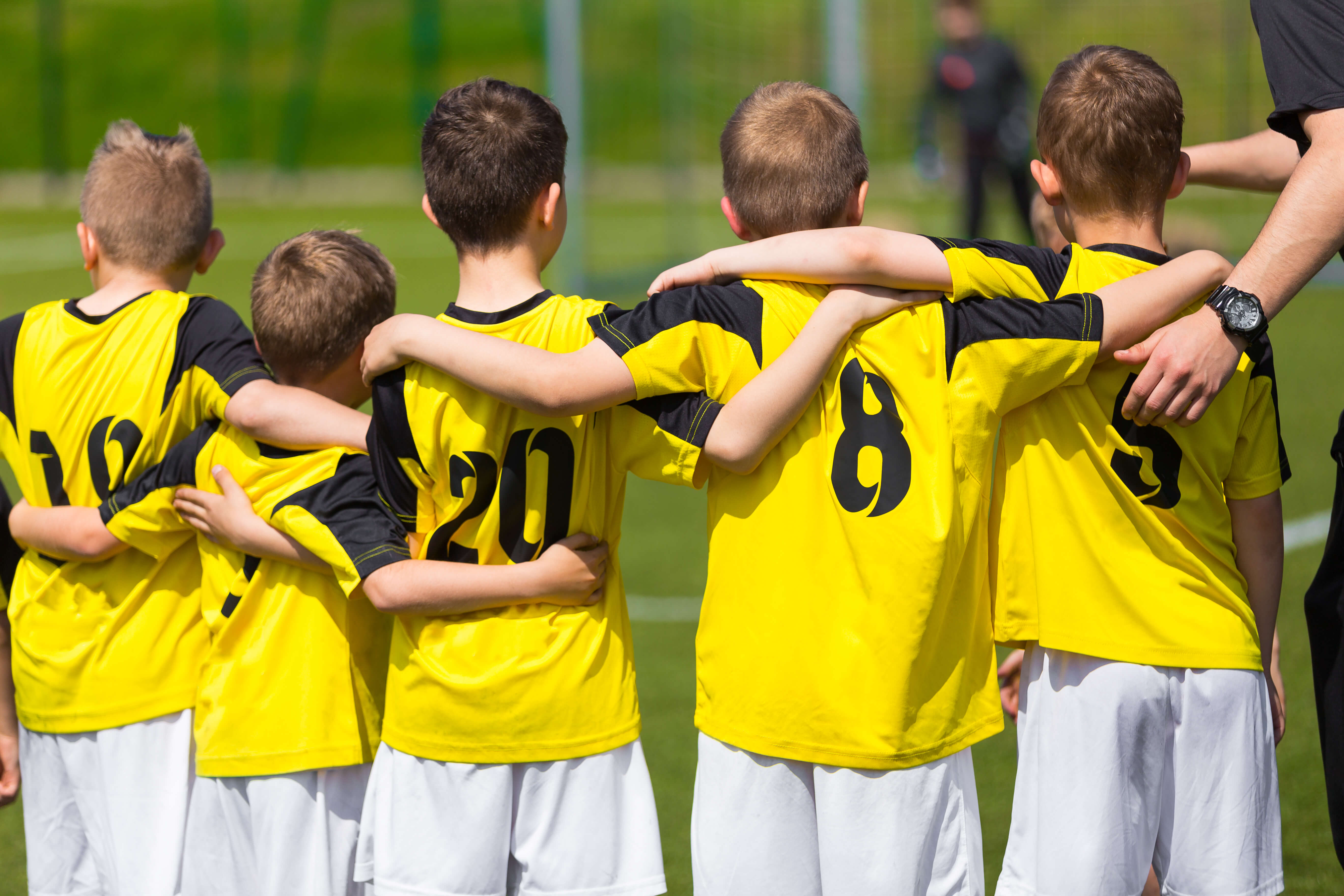
In the sporting landscape, there are at least two current paradoxes that are of interest to athletes, coaches, and key stakeholders. First, particularly in the United States, there has been great diversity in the degree to which sport has been affected by the SARS-COVID-19 pandemic. Some sports and states have endured seasons cancelled and venues closed while others have moved forward with more modest adjustments. A second noteworthy paradox is that while more people have been homebound during 2020 and 2021, they have been clamoring for information on how best to proceed whenever sport does return, yet finding quality information can be elusive. This presents a confound in that researchers simply haven’t had the time yet to produce high-quality scholarly work on the effects of SARS-COVID-19 on the sporting landscape though that in no way lessens the need. Therefore traditional academic outlets of books, textbooks, and peer-reviewed journal articles are not yet caught up to the realities athletes and coaches are currently facing. Many academic conferences, typically a quicker route to quality information dissemination, have been cancelled or reduced due to the pandemic, too.
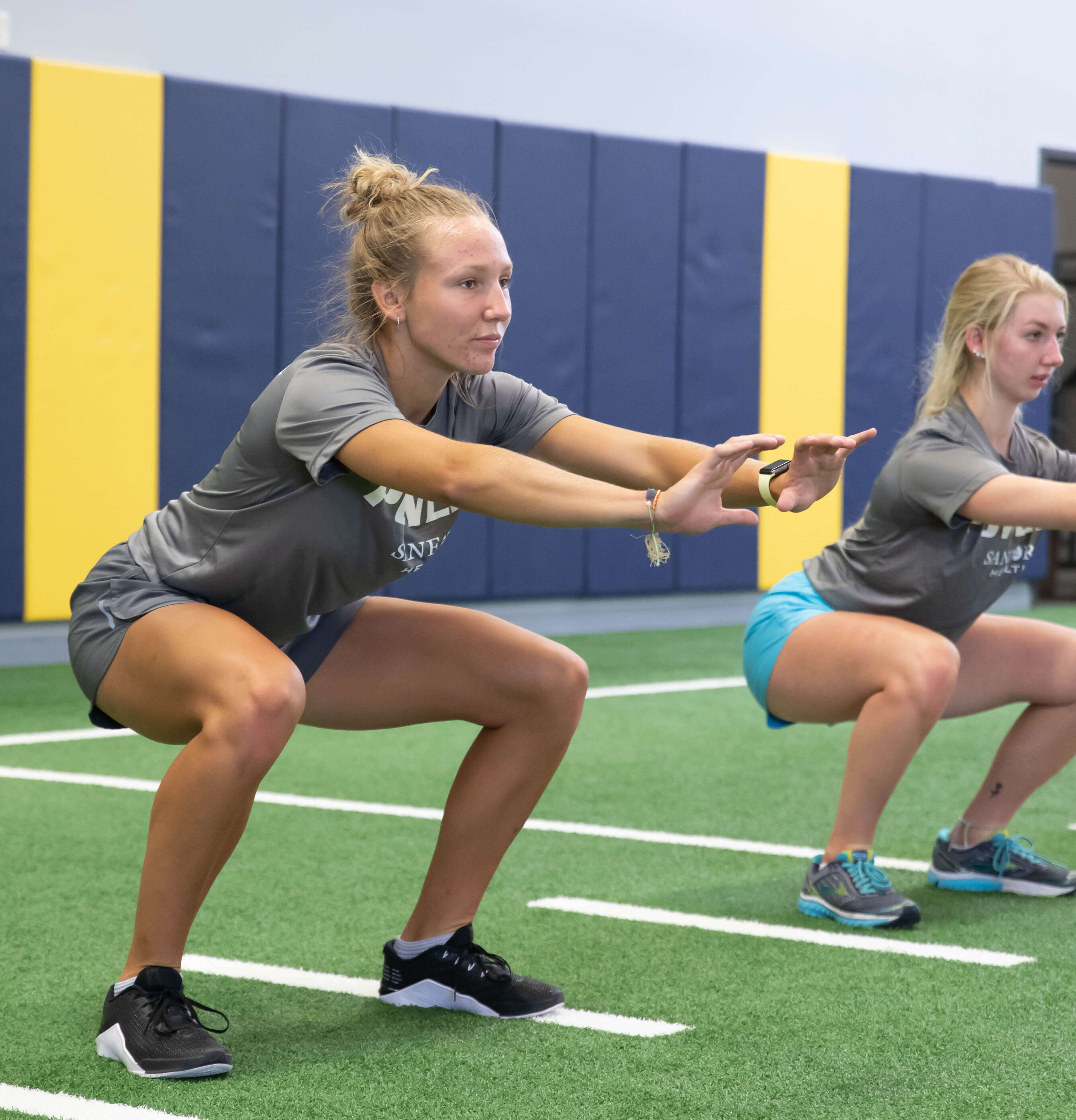
Ultimately, parents of athletes, coaches, and the athletes themselves are collectively in a similar situation: Where to find quality information on how to return to sport after a season was canceled or how to cope with significant modifications to their sport experience. There is no shortage of questions that could be addressed and due to the breadth of the Internet, no shortage of possible sources for information. This all culminates into the community need for quality information to be available, free of charge, and for that information to be from true experts in the sport field. PHE America serves as a conduit for quality information dissemination and one organization that has created a breadth of quality information throughout the SARS-COVID-19 pandemic is Sanford Health based in Sioux Falls, SD. Within Sanford Health is the Sanford Sports Science Institute and Sanford POWER Performance Lab both of which focus on improving athlete performance.
